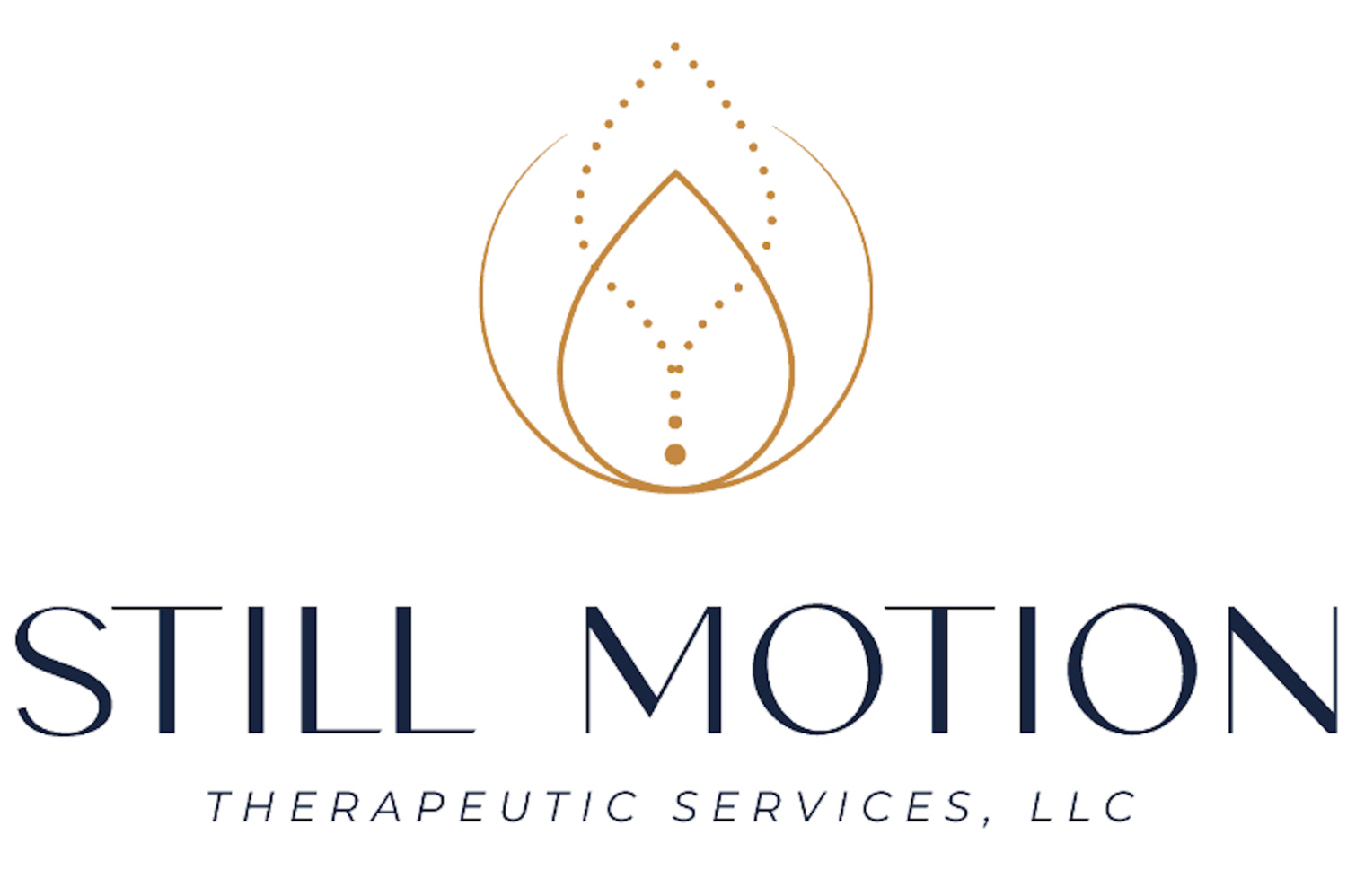Self-Care: Definition, Trends, Statistics
/With the beginning of 2024, many of us are reflecting on what goals we have for the upcoming year, and the concept of “self-care” is increasingly becoming part of the conversation. But what exactly is “self-care” and how might it improve our wellbeing? Looking at the trends and statistics around self-care can help us better understand these practices and aid us in setting our goals for the new year.
Self-care practices have generally been defined as behaviors that promote one’s health and wellbeing. This can focus on various aspects of one’s life, including but not limited to physical, emotional, intellectual, and financial wellbeing. Individuals may engage in self-care practices through their food choices, sleep habits, or exercise routines. Journaling, mindfulness practice, budgeting, or engaging in hobbies are also common forms of self-care.
Research has shown that 92 percent of Americans report making time for self-care in their weekly routines, some studies showing an average of six hours a week spent on these practices. While this statistic is promising, it is important to acknowledge that individuals characterize “self-care” in a variety of ways. In other words, while some think about time spent reading or listening to music, others point to hygiene routines like flossing or long showers. Furthermore, polls have found that Americans, on average, feel relaxed for about forty minutes a day, indicating that our self-care practices may need to be modified or increased to more effectively address our needs.
Surveys have indicated that discussion of self-care practices is becoming more common. More specifically, professionals in the healthcare field have agreed that awareness around the importance of self-care has increased. Research has linked this to COVID-19, stating that our capacity to perform self-care as well as our personal empowerment levels have increased during the pandemic. Some surveys report more than a 30 percent increase in respondents reporting self-care as being “very important” since the beginning of the coronavirus pandemic.
What does the evidence say? Studies have repeatedly shown the clinical improvement associated with self-care routines. For instance, these practices have been associated with significant decreases in risk of heart disease, stroke, and cancer. Improvements in anxiety and depression management and overall stress reduction have also been identified as benefits. National surveys also show the majority of Americans reporting increases in their productivity, self-confidence, and overall happiness as a result of their self-care practices.
Finding a self-care routine that works for you can be challenging and often requires intentional planning and trial-and-error. However, the benefits of incorporating self-care practice in your daily or weekly schedule are evidently worth it. Self-care is often a personal journey and can look different for everyone. Here are some examples of self-care goals to get you started!
Finding an exercise routine that works for your time and abilities.
Eating a more balanced diet and increasing water intake.
Prioritizing sleep through morning and/or nighttime routines.
Trying and committing to a new hobby or skill.
Emphasizing your work-life balance and setting boundaries.

